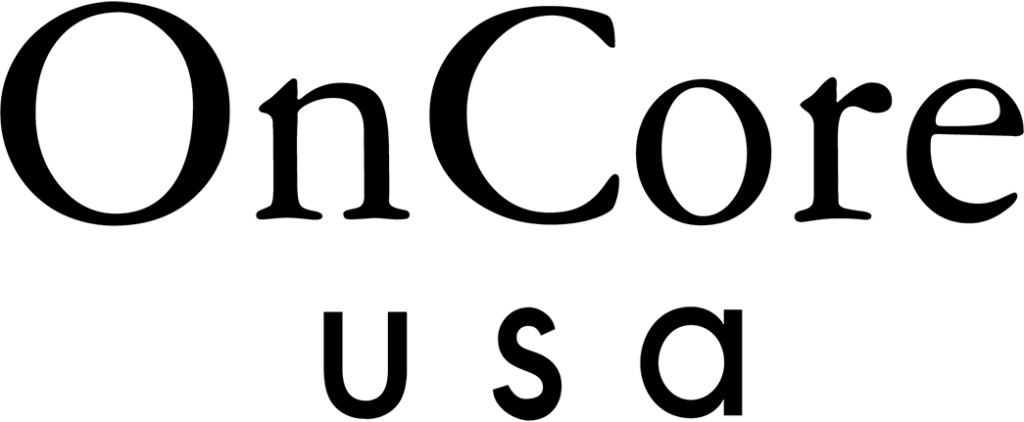
Workspace Matters: Encouraging Engagement and Productivity Through Office Design
A Gallup report recently revealed that employee engagement in the U.S. is increasing. The percentage of workers who feel enthusiastic about their jobs this year is up to 34%. It’s good news that engagement is on the rise, but the percentage of employees who are not engaged is still significantly higher. More than half of U.S. workers do not feel committed to their positions and companies.
Studies reveal that the workplace environment contributes to inspiring employees to feel connected to their jobs. The quality of a working environment is influenced by things like management style and company culture. Yet the physical characteristics of a workplace- the workspace itself- also plays a role in employee engagement and productivity.
Changing Trends in Office Design
There have been changing trends in workspace design since the start of the 21st century. Offices were once dominated by cubicles and private work areas. To improve collaboration and productivity, there was a shift towards open office layouts. Having everyone together in a common area doesn’t always produce the expected results. In fact, some research suggests that open plans reduce communication and productivity.
If neither cubicles nor open layouts are effective in providing elements that foster employee engagement, you may be asking, “what now?” As an employer hoping to create a workspace that encourages communication, collaboration and productivity, you may be frustrated that there doesn’t seem to be an easy solution.
There is a solution, however. And it is easy: taking the best of both worlds in earlier design ideas. That, and focusing on the whole environment of a workspace, not simply on how spaces are delineated.
Variety of Workspaces
Employees do best when they have appropriate spaces available for the type of work that they are doing. Common spaces are valuable when working collaboratively, but isolated areas are critical for work that requires privacy and undisturbed concentration.
Offices that are most effective contain a mix of common and private areas. Your office should be laid out with different uses in mind, shaped by the type of work that is done in your company and the workflow that you’d like to create.
Keep in mind that a private area does not have to be an office that is used exclusively by one employee. It can be a non-assigned office with equipment and supplies that can be used by any employee when needed. It can be a nook attached to an open area. It can also be a shared space that is agreed-upon as a quiet place.
One of the biggest complaints about open office plans is that they tend to create a lot of noise and distractions. A common area can also be a quiet space, however, if one of the rules for its use is minimizing noise and disruptive activities. Envision a library reading room or a study lounge.
Providing a variety of spaces that give employees opportunities to work alone or in groups ensures that workers will have the appropriate setting for the type of work that they are trying to perform.
Overall Atmosphere
No matter how effectively spaces are laid out, they will not inspire productivity if the overall environment is lacking in certain critical elements. Lighting, office décor and temperature influence an employee’s feelings and can serve as distractions that inhibit productivity.
Lighting: Workers in environments with abundant natural light are more productive and experience fewer negative symptoms associated with indoor work. If it is not possible to fill your workspace with natural light, artificial lighting should be optimized.
Décor: Blue and green are recognized as colors that boost productivity, especially when paired with yellow and red accents. Clean lines in furniture reduce visual clutter that can be distracting to workers. Bringing the natural world into an office with plants has also been demonstrated to have a positive effect on productivity and satisfaction.
Temperature: A variety of factors influence an individual’s perception of the “ideal temperature” and it is difficult to settle on a temperature that makes everyone happy. The recommended optimal temperature is 71.6 degrees (F), but this is often too low for women. Communication is key in determining what works best for your staff.
A Personal Touch
One of the cornerstones of employee engagement is a feeling of being connected to a job and workplace. That connection is difficult to establish if a worker does not have a sense of having a personal place in the job environment.
While technology has allowed more employees to have mobility in the workplace, it is a natural human drive to want “a place of one’s own.” Even if workers don’t need a full office or a private desk, they should have some area within the professional space that they can claim as their own. Whether it’s a locker, a drawer in a shared desk or a spot at a conference table, having a personal area helps an employee to feel a sense of connection and belonging to the company.
Part of what builds engagement is commitment. And part of what builds commitment is the opportunity to lay down roots. If workers are not given space for that, it should come as no surprise if they decide to move on to a workplace that has room for them.




